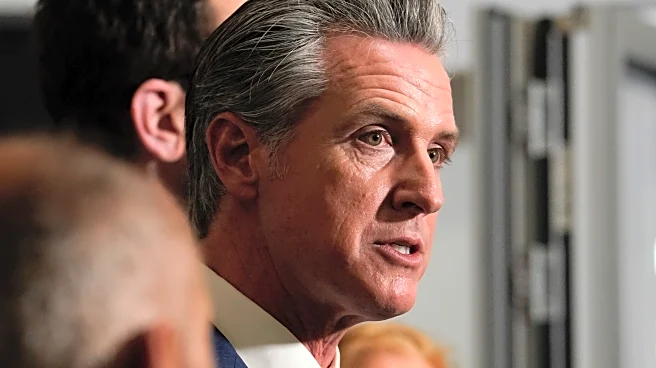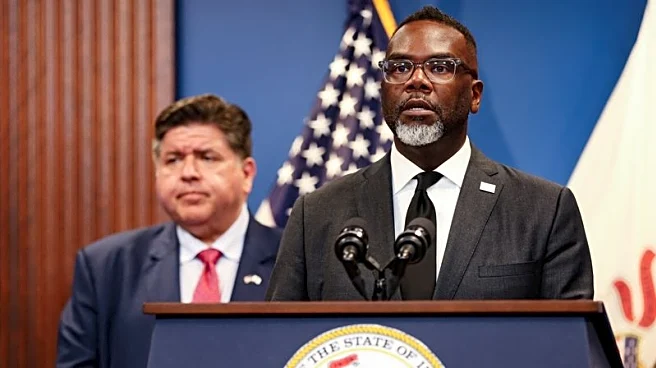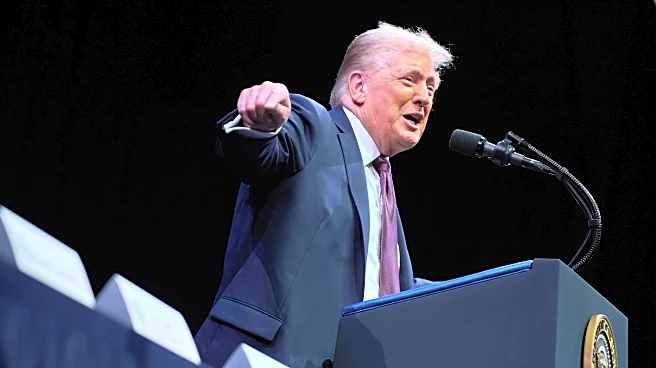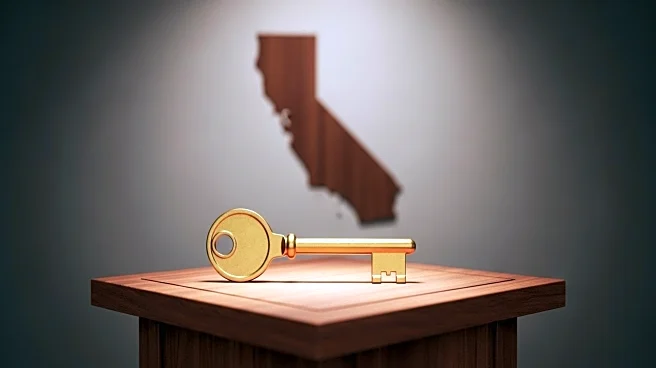What is the story about?
What's Happening?
California Governor Gavin Newsom has delivered a prerecorded State of the State address for the second consecutive year. This approach allows the governor to present his vision and priorities for California without the traditional live audience. The prerecorded format is part of a broader trend in political communication, where leaders opt for controlled environments to convey their messages. Newsom's address is expected to cover key issues such as economic recovery, climate change initiatives, and public health strategies, reflecting the state's ongoing challenges and opportunities.
Why It's Important?
Governor Newsom's decision to deliver a prerecorded address highlights a shift in political communication strategies, emphasizing message control and media management. This format allows for a polished presentation, potentially reducing the risk of unexpected disruptions or protests. The address is significant for California residents and stakeholders, as it outlines the governor's priorities and policy directions. It may influence public opinion and legislative agendas, impacting sectors such as healthcare, environmental policy, and economic development. The approach also reflects broader trends in political communication, where leaders increasingly use digital platforms to reach audiences.
What's Next?
Following the address, stakeholders including lawmakers, business leaders, and civil society groups will likely analyze the governor's proposals and priorities. The address may prompt discussions and debates on key issues such as climate policy, economic strategies, and public health measures. Legislative actions and public responses will shape the implementation of Newsom's vision for California. Additionally, the use of prerecorded addresses may influence future political communication strategies, as leaders seek effective ways to engage with constituents in a digital age.
AI Generated Content
Do you find this article useful?
















